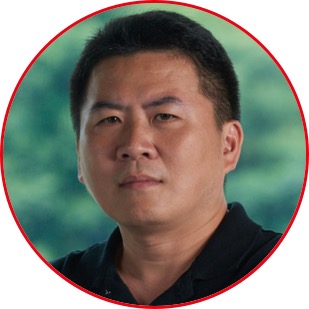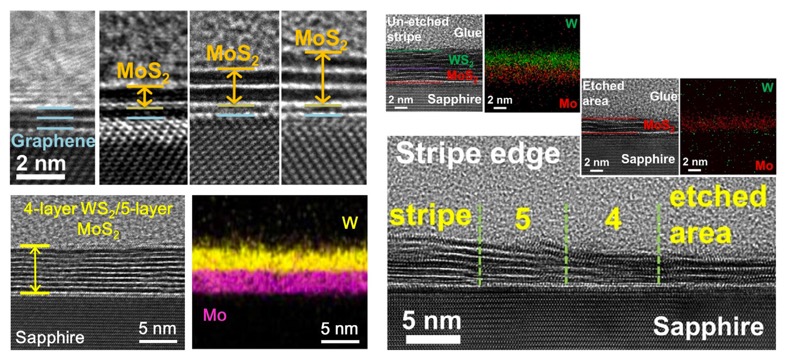
Research Center for Applied Sciences, Academia Sinica 11529, Taipei, TAIWAN
Graduate Institute of Electronics Engineering, National Taiwan University, TAIWAN
The Nature of van der Waals Epitaxy
Compared with traditional semiconductor materials, one of the major advantages of 2D materials is that their unique characteristics can be observed within several atomic layers, which makes them suitable for device applications in nm linewidths. Besides the search of new 2D materials, an alternate approach to enhance the device performances is through the stacking of different 2D materials. In this report, we will demonstrate the establishment of different2D material hetero-structures through the van der Waals epitaxy. MoS2/graphene hetero-structures is established through chemical vapor deposition for photo-transistor applications [1]. Vertical WS2/MoS2 hetero-structures is fabricated through sequential metal deposition/sulfurization procedures [2]. The atomic layer etching and the equivalent selective etching of the 2D material hetero-structures are also demonstrated [3]. On the other hand, the other group-V 2D material antimonene can also be grown on both WSe2 and MoS2 surfaces by using the van der epitaxy [4]. The much lower contact resistance of the conducting (elemental)/semiconductor (compound) 2D material interfaces will be advantageous for the practical application of 2D devices. The less dependence of the van der Waals epitaxy on the substrate may also benefit hetero-structure establishments with large lattice constant mismatch between the epi-layers and the substrates.

selective etching of the WS2/MoS2 hetero-structure (right figure).
References
- Meng-Yu Lin, Chung-En Chang, Cheng-Hung Wang, Chen-Fung Su, Chi Chen, Si-Chen Lee, and Shih-Yen
Lin, Appl. Phys. Lett. 105, 073501 (2014). - Chong-Rong Wu, Xiang-Rui Chang, Tung-Wei Chu, Hsuan-An Chen, Chao-Hsin Wu, and Shih-Yen Lin 16,
7093 (2016). - Kuan-Chao Chen, Tung-Wei Chu, Chong-Rong Wu, Si-Chen Lee and Shih-Yen Lin, 2D Materials 4, 034001
(2017). - Hsuan-An Chen, Hsu Sun, Chong-Rong Wu, Yu-Xuan Wang, Po-Hsiang Lee, Chun-Wei Pao, and Shih-Yen
Lin, ACS Appl. Mater. Interfaces 10, 15058 (2018).


























